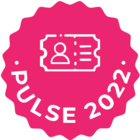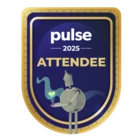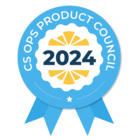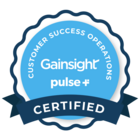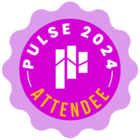How do we recommend planning your CC+CS strategy? What does an ideal CC+CS integration look like? When is the right time to implement which use case? While the timeline will be different for every company and situation, below I’ve laid out a recommended path along with suggested use cases for each step.
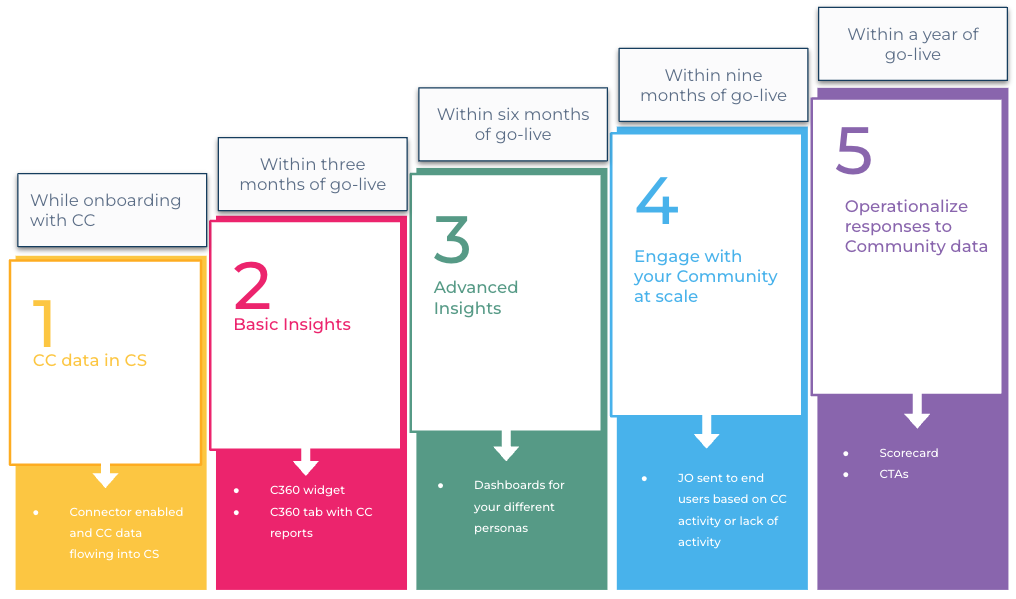
While onboarding with CC:
- Enable the CC connector within CS
Result: Data from your Community will start regularly syncing to your CS tenant.
Within three months of go-live:
- Add the out of the box widget to the C360
- Add a custom “Community” tab on C360
Result: Your customer success team will have visibility to customer-specific Community activity.
Within six months of go-live:
- Dashboards for your different personas:
- Community Manager
- Executive
- CSM
Result: Your different stakeholders will have access to insightful and actionable data across all of your customers’ Community activity.
Within nine months of go-live:
- Engaging with your Community via JO Programs and Surveys
Result: You will have automated engagements with your Community at scale.
Within a year of go-live:
- Instrumenting actions in CS based on Community data:
- Healthscores
- CTAs
Result: You will have operationalized responses based on cues taken from your customers’ community activity.
Note that if you’re starting with an existing Community member base, you can advance along the maturity path quicker than a Community that is just starting out.
This article handles the setup (Step 1) and this article and this article handle the reporting use cases (Steps 2-3). Here I’m going to dive into the more advanced use cases for this data (Steps 4-5).
Using Community data to direct email campaigns in JO
Once the Connector is enabled, you can select any of the Community objects as a participant source when building a JO campaign. You can also select a Dataspace from Data Designer that can join Community objects with any other objects in your CS tenant.
Suggested JO Campaigns:
- Nurturing new Community users with a series of emails intended to onboard them to your Community
- A JO program allows you to set a Delay so that you can space out the emails over time.
- Re-engaging with users who joined or posted but haven’t been seen in a while
- You can use the Evaluate step to only continue sending re-engagement emails to users who did not go on to visit the Community after receiving the prior email.
- Engaging with customers who do NOT have a user in your Community
- You can join the Community User data to your Company data, and filter for those Companies that do not have any Community Users represented. You can then engage with the contacts at that Company in order to encourage them to join the Community.
- Send an email with a survey to a set of Community users
- You can follow up with users who have replied to Topics in a certain Category to get their feedback on a point related to that Category.
- Engage with your most active Community users and most strategic Customers
- You can identify your most engaged Community users based on their number of replies and topics. You can join this data with Company data in CS such as Renewal Date, ARR, Segment, or Healthscore. By filtering on both sets of data you can target individuals who may be interested in webinars, in-person events, product betas, or advocacy opportunities.
Using Community data to impact customer Healthscores
You can create a new Measure for “Community Engagement”, and include it as part of a larger “Customer Experience” Measure Group that looks at multiple facets of the Customer’s experience. You can use a Rule with a Set Score 2.0 action to give each of your Companies a value for that Community Engagement measure. When you first launch this measure you can give it a weight of 0% so that it can be reported on and is informational to the CSM, but doesn’t affect the overall Measure Group or Healthscore. You can add in a weighting for that Measure once you are confident in the logic you are using.
By analyzing your CC data in CS, you can determine what healthy Community activity looks like for your Customers, and whether that is dependent on the Customer Segment or number of Licensed Users that Customer has. You can apply different Scorecards across your customer base, so you have the option to show the Community Engagement score for a subset of your clients only.
Suggestions of different logic you can implement:
- Compare the # of Community Users seen in the past 3 months to the # of Licensed Users. Based on that percentage the measure is either Red, Yellow, or Green.
- For high-touch customers, there should be at least 3 Community Users who visited in the past month in order for this measure to be Green. For low-touch customers, having at least 1 Community User visit in the past month sets this measure to Green.
Based on the flexibility of the Scorecard system, you can start out with a simple measure and then increase complexity as your Community gains momentum and is more and more critical to a customer’s success.
Using Community data to trigger CTAs
While reports and dashboards are a great way to share information with users in CS, it requires them to take the initiative to review the data and determine what action they should take. With Calls-to-Action (CTAs) you can automate that process and give your users prescriptive guidance on next steps. CTAs are configured via a Rule that can use any data source in CS, including Community data.
Suggested CTA rules:
- Criteria: If a Company has a Launch Date that is more than 90 days ago AND they have no users in Community, create a CTA.
- Action: The CTA can include an email template for the CSM to send that encourages the client to join your Community.
- Criteria: If a Community User has submitted 5 Ideas in the past 90 days, create a CTA.
- Action: The CTA can include a set of Tasks for the CSM such as submitting that user to be a part of a product council or beta.
- Criteria: If a Community User has replied to 4 Questions marked as Best Answer in the past 90 days, create a CTA.
- Action: The CTA can include a set of Tasks for the CSM or Community Manager to invite the user to a private group in Community of super users.
- Criteria: If a Company submitted a product Idea in Community that has had no replies for 14 days, create a CTA.
- Action: The CTA can be assigned to a Product Manager to review and respond to the Idea.
- Criteria: If a Company submitted a Question in Community that has had no replies for 14 days, create a CTA.
- Action: The CTA can be assigned to a Community Manager to review and respond.
You will need to decide whether to fully automate something via JO or whether to trigger the creation of a CTA. All of the above CTA rules could also be an email sent to internal CS users via JO. A benefit of using a CTA is that it can include a Playbook with Tasks and Email Templates. The user can check off each Task as they complete them. A CTA also allows you to have visibility into which CTAs are still open, how long it took them to be closed, and whether they were closed successfully. However you don’t want to overwhelm users with too many CTAs, as it can dilute their importance.
CC+CS: Better Together
Using CC+CS together allows you to drive outcomes that wouldn’t be possible with either product alone. By following this maturity path and implementing additional use cases as your Community matures, you will help drive the success of your customers and your organization
